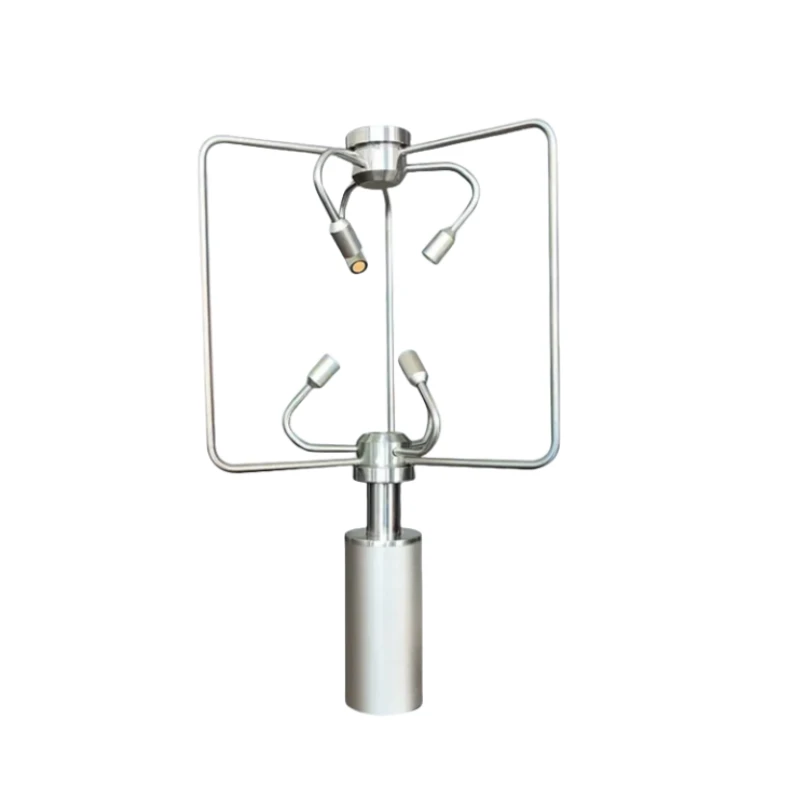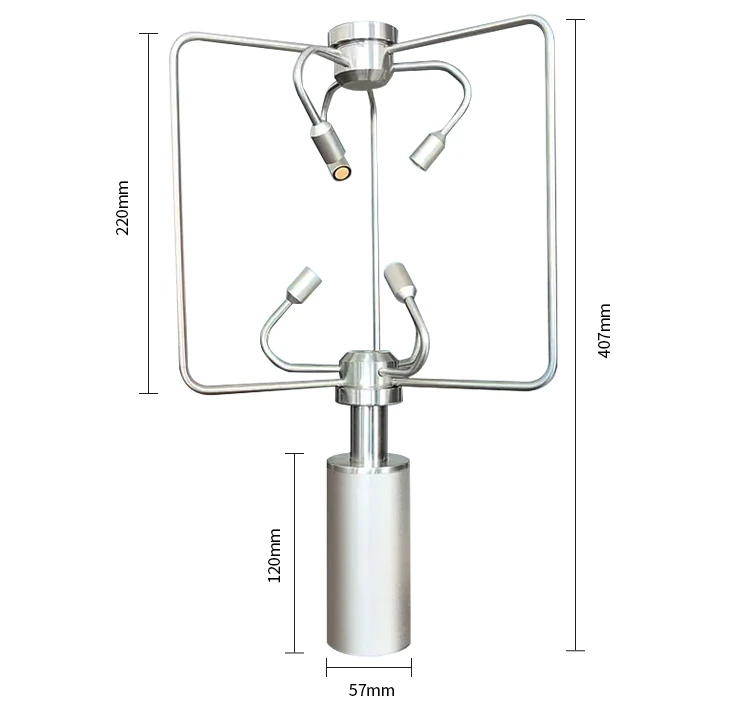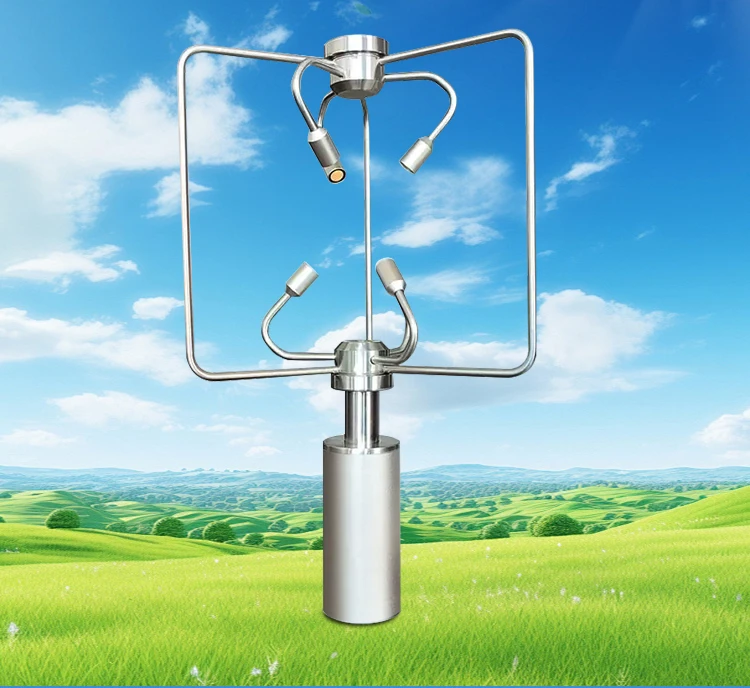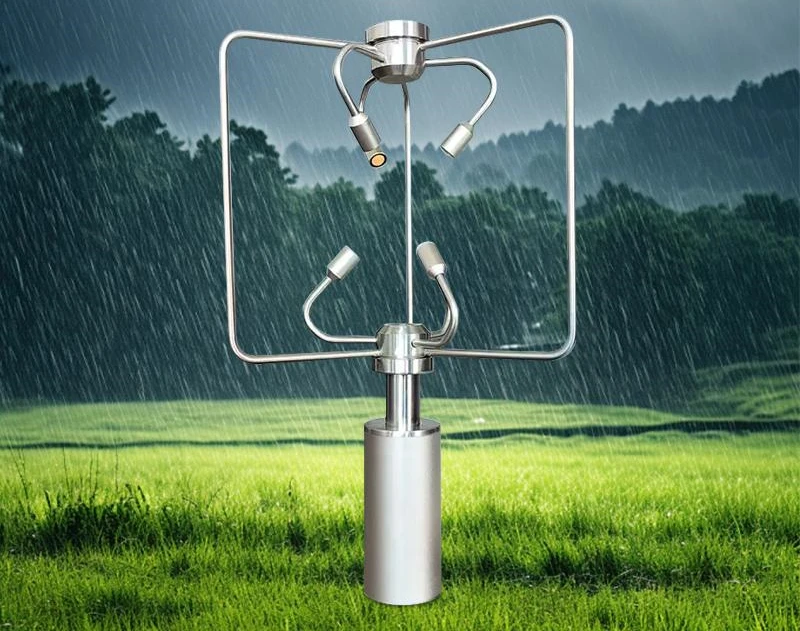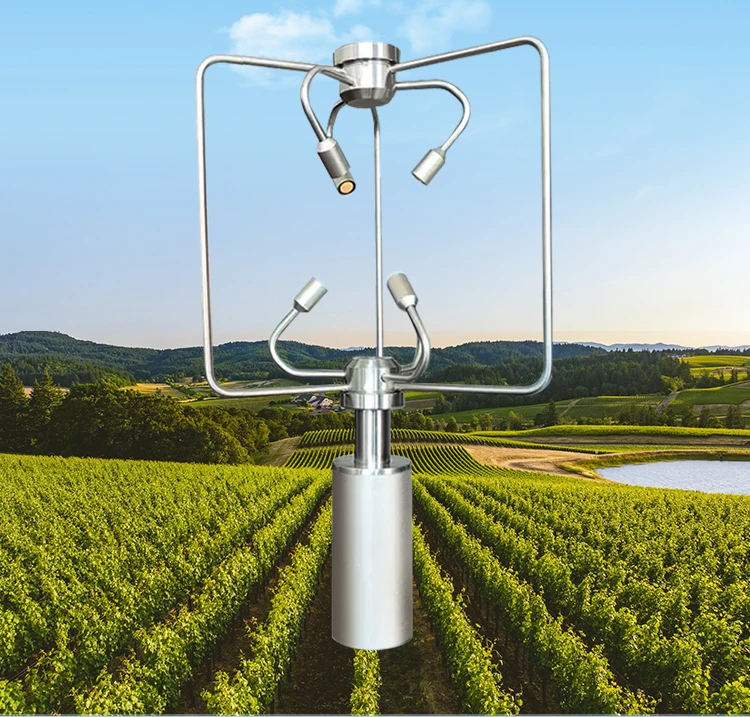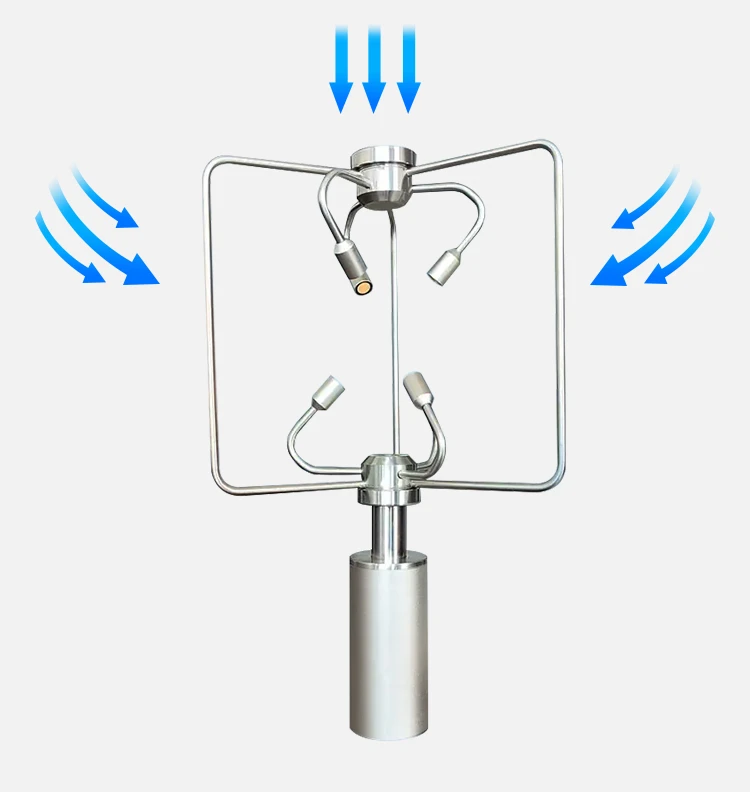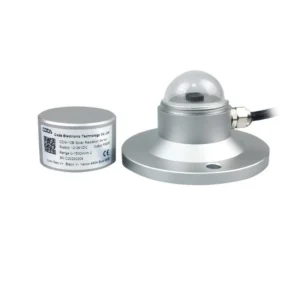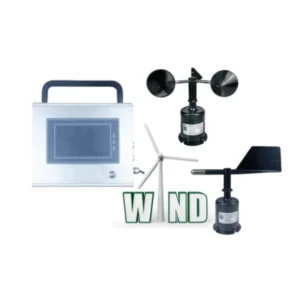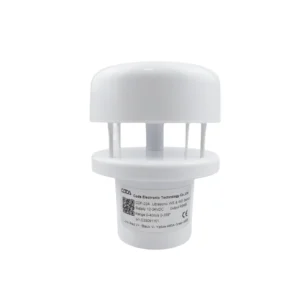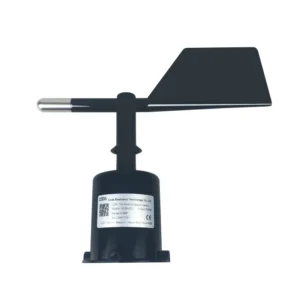Description
CDF-23B Metal Three-dimensional Ultrasonic Wind Speed And Direction Sensor
The CDF-23B sensor uses the time-of-flight principle with ultrasonic waves. It has several ultrasonic transducers set up in a specific shape. When the wind is blowing, it changes how fast the ultrasonic waves move between the transducers.
The sensor measures how long ultrasonic waves take to travel in different directions. By comparing these times, it can find the wind speed in three directions.
Meteorology:
◉Propeller sensors are important tools found in weather stations all over the world. Meteorologists use data from these sensors to learn about wind patterns. These patterns are important for weather forecasts and climate studies. They help us see how the atmosphere moves.
Aviation:
◉In airports, these sensors provide real – time wind speed and direction information to pilots. This data is important for safe take-offs, landings, and flying. It helps pilots make smart choices to keep passengers and crew safe.
Renewable Energy:
◉Wind farms use sensors with propellers to measure how fast the wind blows and which way it goes. This helps them run wind turbines better.
Operators can monitor the wind conditions. This helps them change how fast the turbines spin and which way they turn. This helps them produce more energy.
◉These sensors contribute to the study of microclimates in farmland. We can learn how air moves in the farmland by watching wind speed and direction at different heights. This knowledge helps improve the growth conditions for crops.
For example, it helps plan where to plant windbreaks and how close they should be. This slows the wind speed and lowers erosion. In greenhouses and other farms, sensors check the flow of air inside.
This helps change the ventilation systems. It keeps the air fresh. And It controls pests and diseases. It also helps crops grow well.
Ultrasonic Wind Speed And Direction Sensor News
What is the Automatic Weather Station ? | CODA Sensors
Comprehensive Guide To Resetting Your Accurate Weather Station
How Do Wind Sensors Operate? | CODA Sensors
The Key Functions and Application of Automatic Weather Stations
